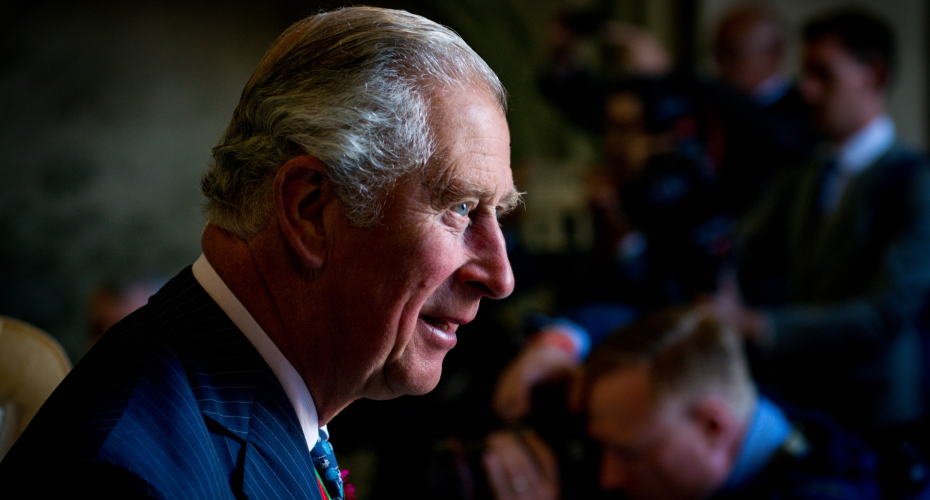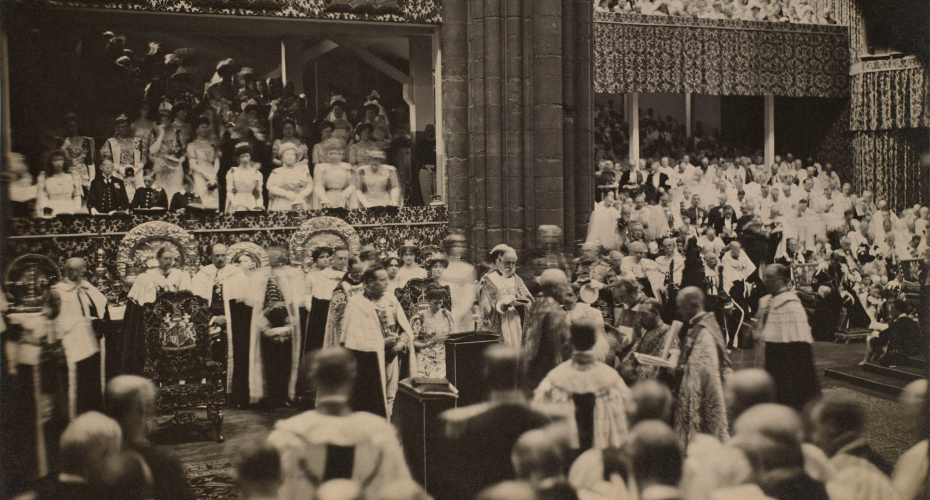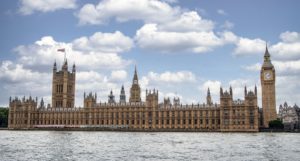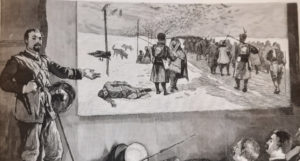Coronation 2023: The Coronation Oath
In the final opinion piece of the week, Professor Levi Roach, Associate Professor of Medieval History, looks at the significance of the Coronation Oath.

By Professor Levi Roach, Associate Professor of Medieval History, in the Department of Archaeology and History.
When Charles is formally crowned and anointed Charles III this weekend, one of the central elements of the ceremony will be the coronation oath. This is a formal commitment to reign with justice and uphold the Church of England, which Charles will swear shortly after he enters Westminster Abbey. In doing so, Charles will be following in a thousand-year tradition.
For the rite of coronation (or consecration) was developed in the Anglo-Saxon period in England. The first references we have to rulers being consecrated come from the late eighth century, though the nature of the ceremony remains unclear at this point. By the ninth century, however, our sources start to run richer.
For, from the circles around the court of King Alfred the Great (reigned 871–99), who’s famous for defeating the Vikings and setting England on the path towards political unity, survives what scholars call the ‘First English Coronation Ordo’. An Ordo is a guide to how a Church rite should be conducted (a bit like a modern order of service). And the First Ordo lays out how the rulers of Wessex (to whose throne Alfred had succeeded) were to be consecrated in the mid- to later ninth century. Interestingly, the Ordo describes a helm, not a crown, being used for the act of coronation. And crucially, it does not include any formal commitment on the part of the monarch, who is passive throughout.
At this stage, there was still quite a bit of flexibility to the rite. Within a generation, the First Ordo had been replaced by a revised version, the so-called Second Ordo, which was probably first used for the consecration of Alfred the Great’s son Edward ‘the Elder’ (reigned 899–924) or grandson Æthelstan (reigned 924–39). Here the helm is replaced by a crown and a new element is added at the start of the ceremony: a formal oath. The bishops first admonish the king, entreating him to respect the Church, law and justice, after which he swears to do so.
Within another generation (c. 970), this oath had been further tweaked, giving the king more initiative. Now the entreaty of the bishops is dropped and the king spontaneously offers a three-fold promise to protect the Church, prevent theft and injustice and show mercy in his judgements. These details derive from the exhortation that had closed the original First Ordo. But whereas there the presiding archbishop enjoined such things upon the newly-crowned monarch, now the king freely commits to them.

Why does this matter? Because it created a benchmark by which monarchs could be measured – and found wanting. Only those who maintained their oaths were true monarchs. That contemporaries thought so is revealed by a fascinating anonymous text called the Promissio regis (or ‘Royal Promise’). This offers a translation of the Latin coronation oath into Old English and an interpretive gloss on it. It was produced in the troubled reign of King Æthelred ‘the Unready’ (reigned 978–1016), apparently with an eye to examining the king’s failings. There are reasons to believe that the author was none other than Archbishop Wulfstan of York, one of Æthelred’s leading advisers. And the text teaches that kings who live up to their oaths will enjoy peace and prosperity; those who do not, will face ruin. Wulfstan may have preached this as a mini-sermon upon the return of Æthelred from exile in 1014, a return which was contingent on the king’s commitment to rule ‘more justly than he had before’.
The coronation oath thus became a means by which to challenge royal authority. In the years following the Norman Conquest, coronation oaths were often accompanied by the issuing of a formal charter, in which the monarch committed himself to ruling justly. And when the English people looked to constrain the powers of their rulers, it was to these texts that they turned. The barons who opposed King John and forced the issuing of Magna Carta in late spring 1215, famously developed their demands out of a version of the Coronation Charter of Henry I.
So, while modern audiences might be tempted to ignore Charles’ oath as empty words, we should bear in mind that it encapsulates the very principles on which the English (and later British) tradition of constitutional monarchy is built.



